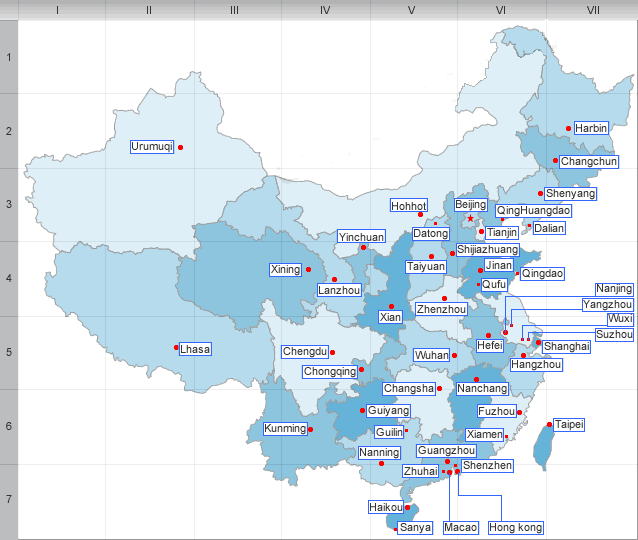Introduction of Huian
Hui'an is a county under the jurisdiction of the prefecture-level city of Quanzhou, Fujian. Hui'an county is situated on the south-east coast of Fujian province' between Quanzhou Bay and Meizhou Bay. It is a county opening up to the outside world in south Fujian golden triangle ap-proved by the state council of P.R. of china. It is also afamous hometown of overseas chinese and the ancestral residence of Han compatriots in Taiwan. It is a world-fameous "the land of construction", "the land of stone carving", and "a strong county of fishing sector".The county has a population of 950,000, as of late 2010. The dialect is Hokkien.
Hui'an Stone Carving is a traditional carving art using petrous bluestone that is mainly found in Hui'an County in the Quanzhou area of Fujian Province. Hui'an teems with blue stones that stonemasons use to make sculptures for decorating temples and other constructions.
Hui'an Stone Carving originated along the Yellow River valley, and combined local cultural elements as well as those from foreign cultures introduced via the Silk Road at Sea.
As early as the Southern Song Dynasty (1127-1279), Hui'an Stone Carving was divided into numerous genres. It developed rapidly during the Yuan Dynasty (1271-1368) and reached its peak by the end of the Ming Dynasty (1368-1644). Stone-carving shops sprang up in the region. They produced mainly architectural decorations, and these decorative carvings made their way into many temples and monasteries in Fujian and Taiwan, as well as some of Beijing's grandest buildings.
There are five main genres of Hui'an Stone Carving; stone tablets, landscape sculptures, architectural ornaments, crafts, and practical-use daily utensils. The techniques employed include circular-carving, relief-carving, line-engraving, incised-carving, and image-engraving.
The themes of Hui'an stone carving mainly center on figures, flowers and birds. It is famous for the stone lion, which is lovely and has stone pearls in its mouth.
Hui'an stone carving has seen many developments over the years. With distinct local characteristics, it has spread overseas and is especially popular in Southeast Asian countries.
| PREV:Laizhou Overview | Next:Introduction of Haicheng |



